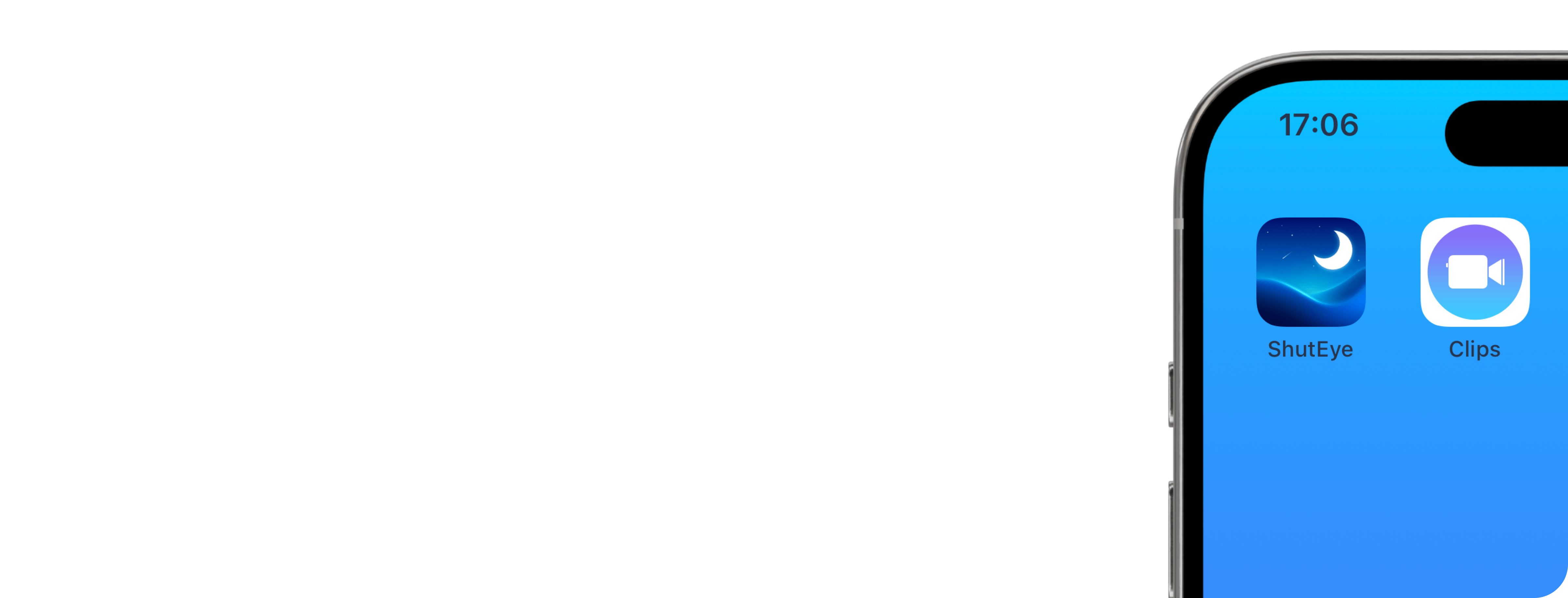

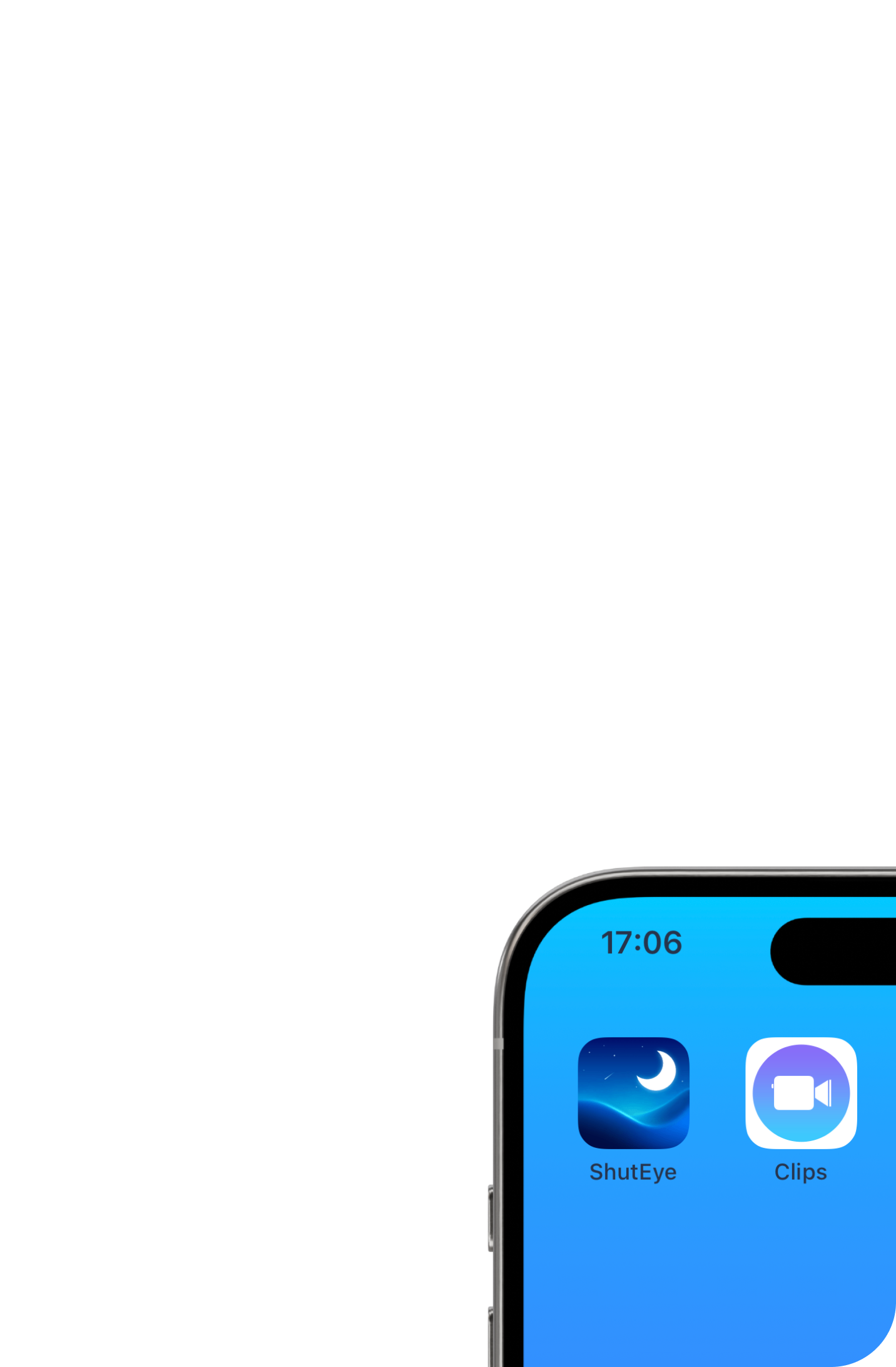

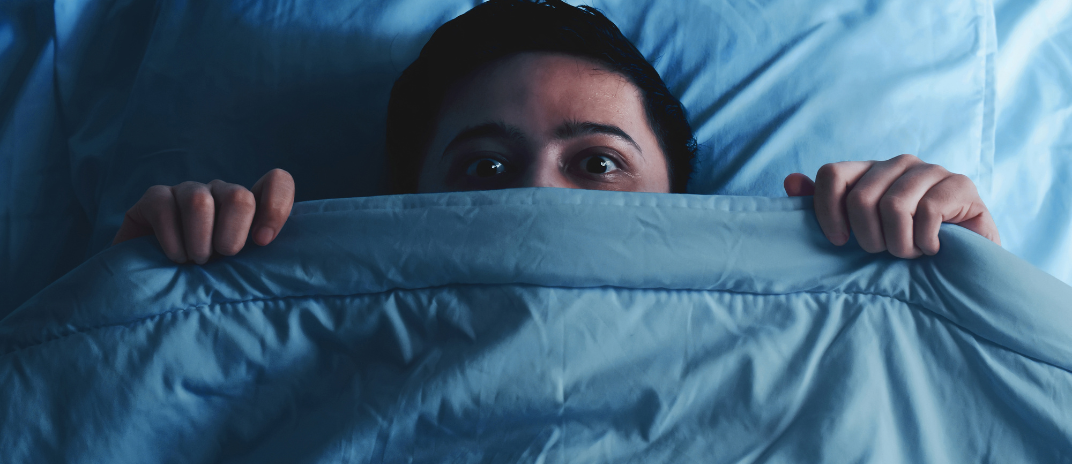
Nightmares are distressing mental experiences. They generally occur during the rapid eye movement (REM) stage of sleep and can result in distress and awakening. How about the relation between nightmares and covid-19? Find out more about it in this article below.
According to the International Classification of Sleep Disorders, a nightmare disorder is not only defined by a high frequency of nightmares, but also by clinically significant amounts of distress or impairment in social, occupational, or other areas of functioning.
Large-scale studies on the general population indicate that about 5% of adults experience distressing nightmares, compared to approximately 30% of patients with mental disorders like depression and anxiety disorders. Moreover, studies have shown that women are at a higher risk of reporting frequent nightmares than men.
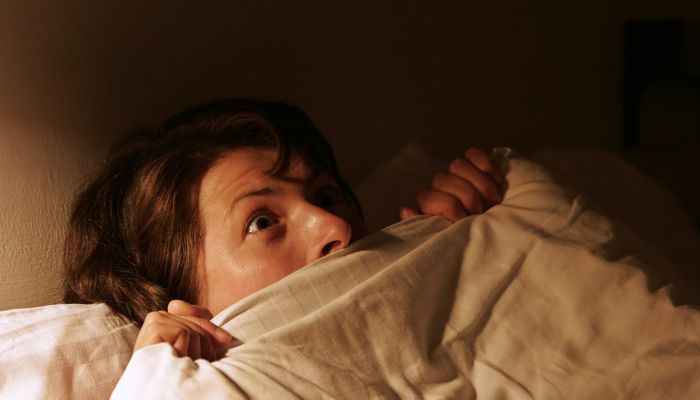
There exist multiple theories regarding the etiology of nightmares. The well-known diathesis-stress model proposes a conceptual framework for understanding nightmares that includes the concepts of affect distress and affect load. Affect distress is a trait factor that reflects a disposition to experience situations with highly reactive and distressing emotions. Affect distress, closely linked to neuroticism, is a dominant personality trait in individuals who experience frequent nightmares. The theory of “thin boundaries” suggests that individuals with an unusual amount of openness to experience and vulnerability are more likely to experience nightmares.
Affect load combines the impact of stressful and emotional events and the individual’s capability to control their emotions. Moreover, current stress levels are related to nightmare frequency and appear to mediate the relationship between neuroticism and nightmare frequency. It means individuals with high neuroticism scores experience more stress during the day and hence more nightmares. The mediation effect of stress is in line with the continuity hypothesis, which states that our dreams reflect experiences in our waking life (in this case, stressors).
The degree to which nightmares have a negative waking influence is referred to as nightmare distress. Neuroticism also contributes to global nightmare distress, even though nightmare frequency is the primary risk factor for increased nightmare distress, a finding that supports the neurocognitive model. To summarize, vulnerable individuals have a disposition that increases the likelihood of their experiencing stress during the day, which thereby puts these individuals at high risk of experiencing more distressing nightmares when compared to others.
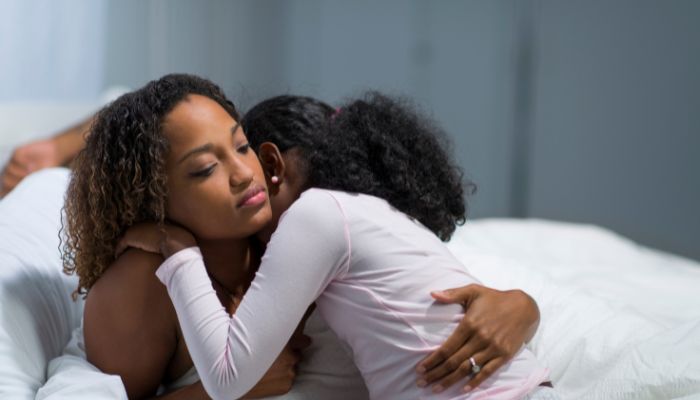
One recent stressor affecting almost everyone in the world was the COVID-19 pandemic and the measures that were introduced in many countries to counteract the spread of the virus. Several studies demonstrated a three-fold increase in the occurrence of nightmares, from 9% of participants reporting having nightmares ‘once a week or more’ before the pandemic to 25% after the pandemic.
Another study carried out during the COVID-19 lockdown in Italy found that increased negative emotions were affecting dreams. Overall, it’s clear to see that the pandemic has hurt our dream.

The data indicated of the study that COVID-related anxiety correlates positively with nightmare frequency and level of nightmare distress. Even when neuroticism, openness to experience, and current psychopathology are controlled for, COVID-related anxiety independently contributes to nightmare frequency. In addition to nightmare frequency, nightmare distress was also strongly related to current psychopathology and COVID-related anxiety. Moreover, the additional effect of current stress on nightmare frequency (in addition to neuroticism) found in the present study demonstrated a possible link between waking life experiences and dreaming, aligning with the continuity hypothesis.
The results of this research also demonstrate that COVID-related anxiety such as concern about contracting the virus, family and friends contracting the virus, and job insecurity was associated with more nightmares. The other results suggest that by factoring in COVID-related anxiety and DASS-21 factors (depression, anxiety, and stress), neuroticism is no longer a determining factor for nightmare frequency.
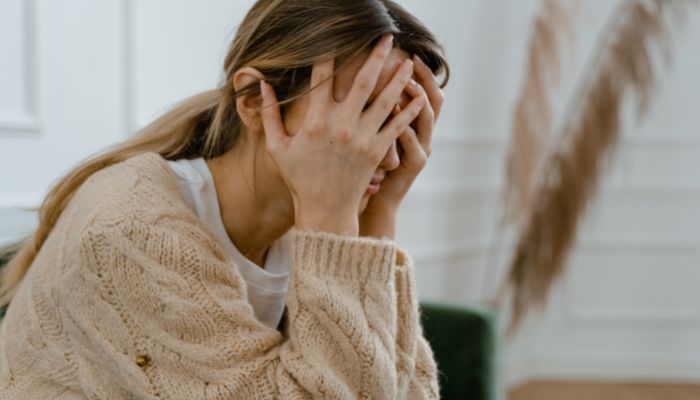
This research has demonstrated that personality traits can affect the continuity between waking life and dreaming, showing that individuals with high neuroticism scores may be more likely to have current psychopathology and experience more nightmares. However, the direct influence of neuroticism was lost when current stressors were included. Nevertheless, since neuroticism is linked to current stressors, it can be said to have an indirect effect on nightmare frequency. Openness to experience contributed independently to nightmare frequency, a phenomenon that may be explained by the theory of thin boundaries.
For instance, individuals with high openness to experience scores may have a greater disposition for experiencing more nightmares. The data also support the findings of previous studies that suggest nightmare frequency is higher in patients with mood disorders. These findings are comparable to those of researches which demonstrated that the prevalence of a nightmare disorder in patients with a mood disorder is substantially higher than that in the general population (2-5%). The present findings indicate that during the pandemic COVID-19 related anxiety was related to a higher nightmare frequency.

Concurrent with previous reports, it seemed that nightmare frequency is one of the major determinants of nightmare distress. Nightmare distress is not only related to nightmare frequency but also psychopathology and COVID-related anxiety, which additionally contribute to nightmare distress. The impact of these factors may be explained through a double effect. For instance, a person with symptoms of current psychopathology may experience more nightmares. In addition to this heightened nightmare frequency, nightmare distress was also increased. Ultimately, a person who is already anxious may be more stressed when experiencing nightmares in comparison to a person with the same number of nightmares but who may be less anxious in waking life.

Although the study that the so-called ‘pandemic nightmares’ have provided a unique window on the psychological and physiological effects of the pandemic, there is another of the relevant phenomenon of people with long COVID that their nightmares seems to be a chronic disorder affecting a quite relevant proportion of people infected. One of the unanswered question is why the severity of long nightmares of COVID symptoms does not necessarily depend on the severity of the original COVID infection.
Although dreams and nightmares appeared to increase across the board during the pandemic, those who contracted COVID-19 experienced even more nightmares. Experts suspect that people who had COVID-19 may have more nightmares due to trauma, anxiety, or insomnia.
People who have experienced trauma tend to have more upsetting or trauma-related dreams.Experts believe both contracting COVID-19 and having anxiety related to the pandemic or isolation could be forms of trauma. Having more dreams may help people process this trauma.
People experiencing insomnia remembering more dreams since the start of the pandemic. Past research has also found that insomnia associates with increased dreaming, though this could be the result of related psychiatric issues.
Some studies suggest that people experiencing post-traumatic stress disorder (PTSD), anxiety, or depression have experienced an increase in dreams and nightmares since the start of the pandemic. However, research has returned conflicting results, perhaps because these disorders often overlap.
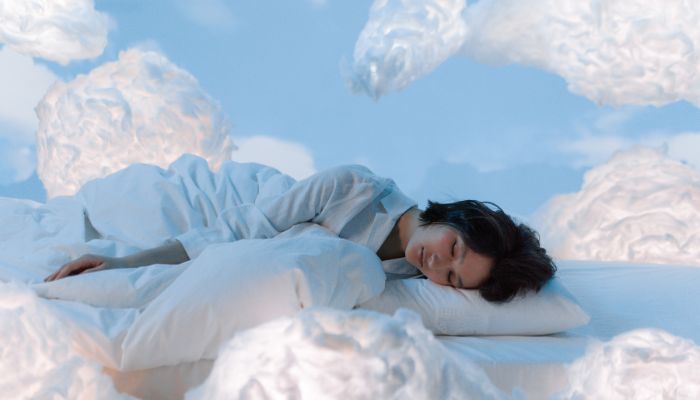
Studies show that the younger a person is, the more dreams and nightmares they are likely to report since pandemic began, with reported dreams leveling off around an age of 65 years old. This difference could be unrelated to the pandemic, and just a result of changes in dream recall during aging.
It has found that where a person lives impact their dream frequency since COVID-19 began. A global study found that people in Finland reported the most dreams, while those in the Jilin region of China reported the least. Cultural differences, COVID-19 infection rates, and lockdown rules may explain these differences.
One survey found that people who identify as women are more likely to have had more dreams since the start of the COVID-19 pandemic. This finding could be due to differences in gender unrelated to the pandemic, it also could suggest women’s sleep and mental health were more affected by COVID-19.
People who show symptoms of sleep disorders, such as trouble sleeping, talking during sleep, or REM sleep behavior disorder, have reported having more dreams since the start of the pandemic. This may be because their sleep is more likely to be disrupted, and on waking, they are more likely to recall their dreams.
Okoye, A. (2024, January 24). COVID dreams. Sleep Doctor. https://sleepdoctor.com/covid-19-and-sleep/covid-dreams/
Remedios, A., Marin-Dragu, S., Routledge, F., Hamm, S., Iyer, R. S., Orr, M., Meier, S., & Schredl, M. (2023). Nightmare frequency and nightmare distress during the COVID-19 pandemic. Journal of Clinical Sleep Medicine, 19(1), 163–169. https://doi.org/10.5664/jcsm.10290